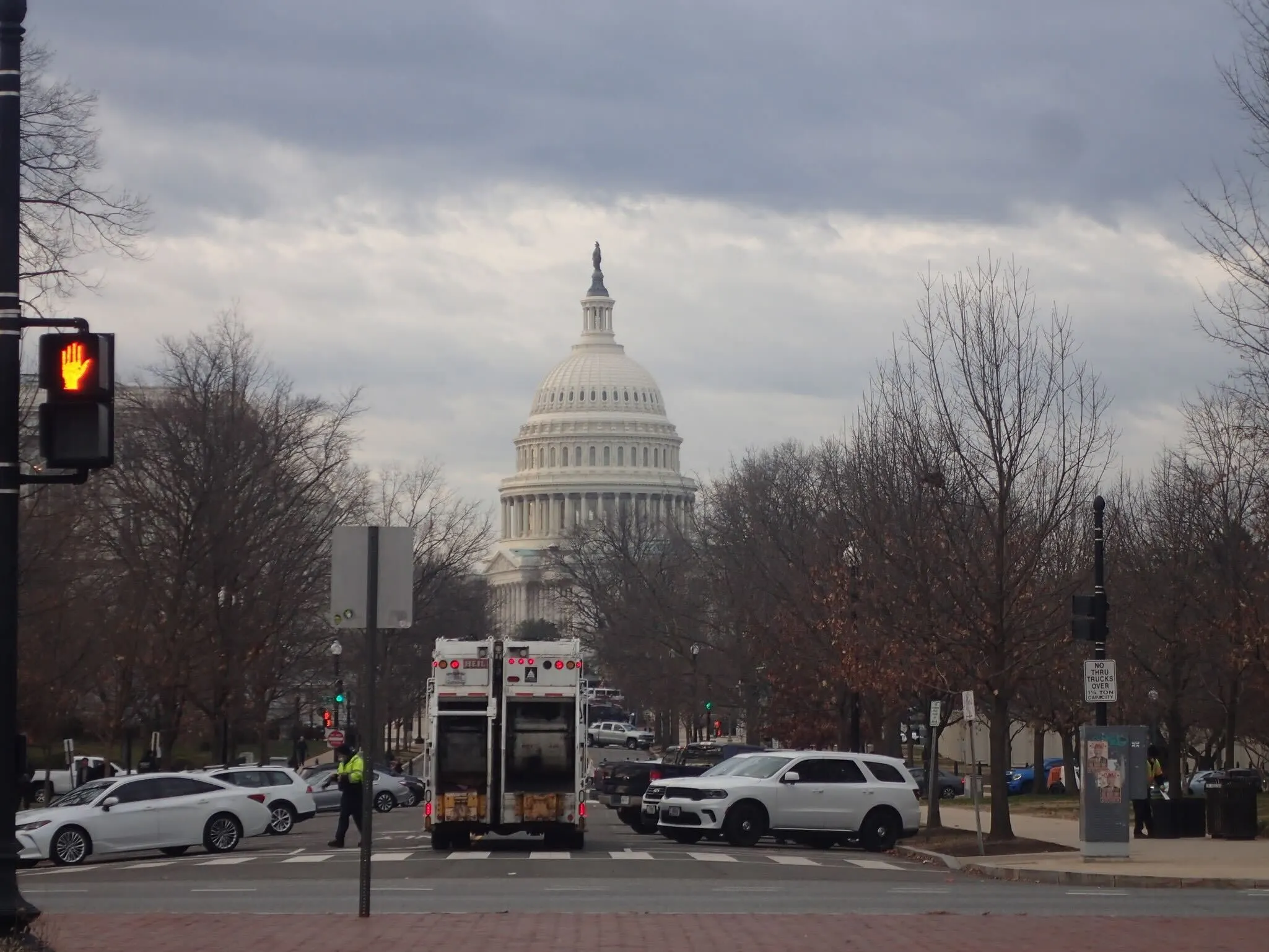As the saying goes, hell hath no fury like a budding feminist whose 2016 presidential pick was scorned.
I vividly remember the morning of Nov. 9, playing dodgeball with my fifth-grade class, directing my anger at Donald Trump, at America and at the world with each poorly aimed throw. Ten-year-old me’s political knowledge was limited: My mother’s Taiwanese family immigrated to America in 1966, so I thought immigration was good. I was a young woman, so I thought women deserved power in every space I hoped to someday occupy. I went to school and was afraid of guns, so I thought weapons shouldn’t exist in places of learning.
My righteous indignation at the injustices of life was — looking back — slightly humorous. I grew up in New York City, attended a Quaker private school and presented as white. Trump’s policies were not a direct threat to my well-being. Still, that fury and frustration motivated me to stay involved in politics until I wasn’t angry anymore. I attended the Women’s March in Washington, D.C., with my family. I started reading The New York Times. I eagerly anticipated my 18th birthday, the day I could vote.
I am 18 now, and as the election creeps closer, Donald Trump is back on the ballot and back on my mind, just as he was when I was a fifth-grader, a freshman in high school and — now — a freshman in college.
Former president Trump has built a campaign founded on anger. His populist strategy of criticizing the federal government as corrupt and incompetent, and presenting himself as an outsider bent on “cleaning up” and draining the D.C. swamp, has amassed millions of rural, white voters disillusioned by bureaucracy and tired of struggle. Trump’s anger, however, is not directed toward the public good. The convenient shadow enemy he crafts to fuel his and his supporters’ rage shifts constantly, from immigrants to LGBTQ+ youth to even his former vice president. His anger is not a tool, but an all-consuming way of being.
In “The Bluest Eye,” Toni Morrison describes what it is like to be in anger: It is “a reality and presence. An awareness of worth.” Anger, for Morrison, is a replacement for shame. It is a way to fill the void within yourself with “presence” and “worth,” to make the insignificant, significant. As Americans today feel increasingly disenfranchised and unempowered, Trump has fed to his base of supporters a narrative of suppressed freedom and oppression, creating an “us vs. them” mentality in this country. He has divided groups, pitting them against one another so their anger is directed at each other.
When that anger translates to violent attacks on democratic institutions, it mutates from an emotion into a weapon. Anger is what galvanizes Trump supporters to attack those they distrust. From the Jan. 6 insurrection that left seven people dead to voter intimidation that has necessitated bulletproof glass in polling places, anger on the right has been a catalyst for the sorts of knee-jerk responses that undermine safety and political peace in America. And it is not just on the right that political violence has risen. One of Trump’s would-be assassins was a registered Democrat in North Carolina, before he lost the ability to vote after a felony conviction.
Morrison recognizes the danger of anger when she says that it is “a paralyzing emotion” that indicates “helplessness” and represents “absence of control,” and prevents anything from getting done. Anger can motivate citizens in productive ways when they can move beyond it, but if left to fester, it more commonly inhibits them from action and demotivates their civic engagement. Today, 31% of Americans believe their vote has “not much” of an effect, and 11% believe it has none. Although the 2020 presidential election saw record-high voter turnout, only 62.8% of voting-age citizens participated. Our turnout among the voting-age population was ranked 31st in the world. For a country that prides itself on the values of democracy, we are woefully behind our peers.
Anger qua violent action and anger qua paralyzing emotion are both zero-sum games. Rage always needs an outlet, and it will not be satisfied by a short-term victory, nor will it be diminished after a petty quarrel. It is also not for us alone to feel. Emotions are never felt in singularity; they ripple across state lines and through buildings into our lives, whether we invite them in. We live as a community, we fight as a community and if we do not learn to harness our anger into productive discourse, we will die as a community.
I no longer see the world through my 10-year-old eyes. The one thing that has not changed, however, is that I still feel angry. However, the more I engage with my political community, the more I canvass and phone bank for candidates, the less my anger feels all-consuming.
That rage is not just mine — it is ours. Our duty this November is to vote. I’ll see you there.
